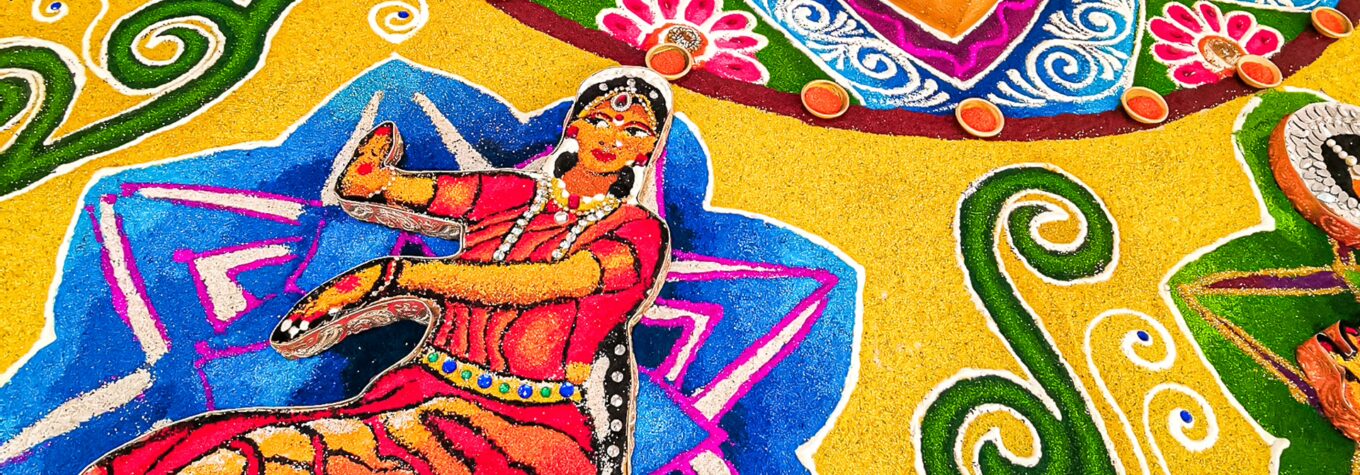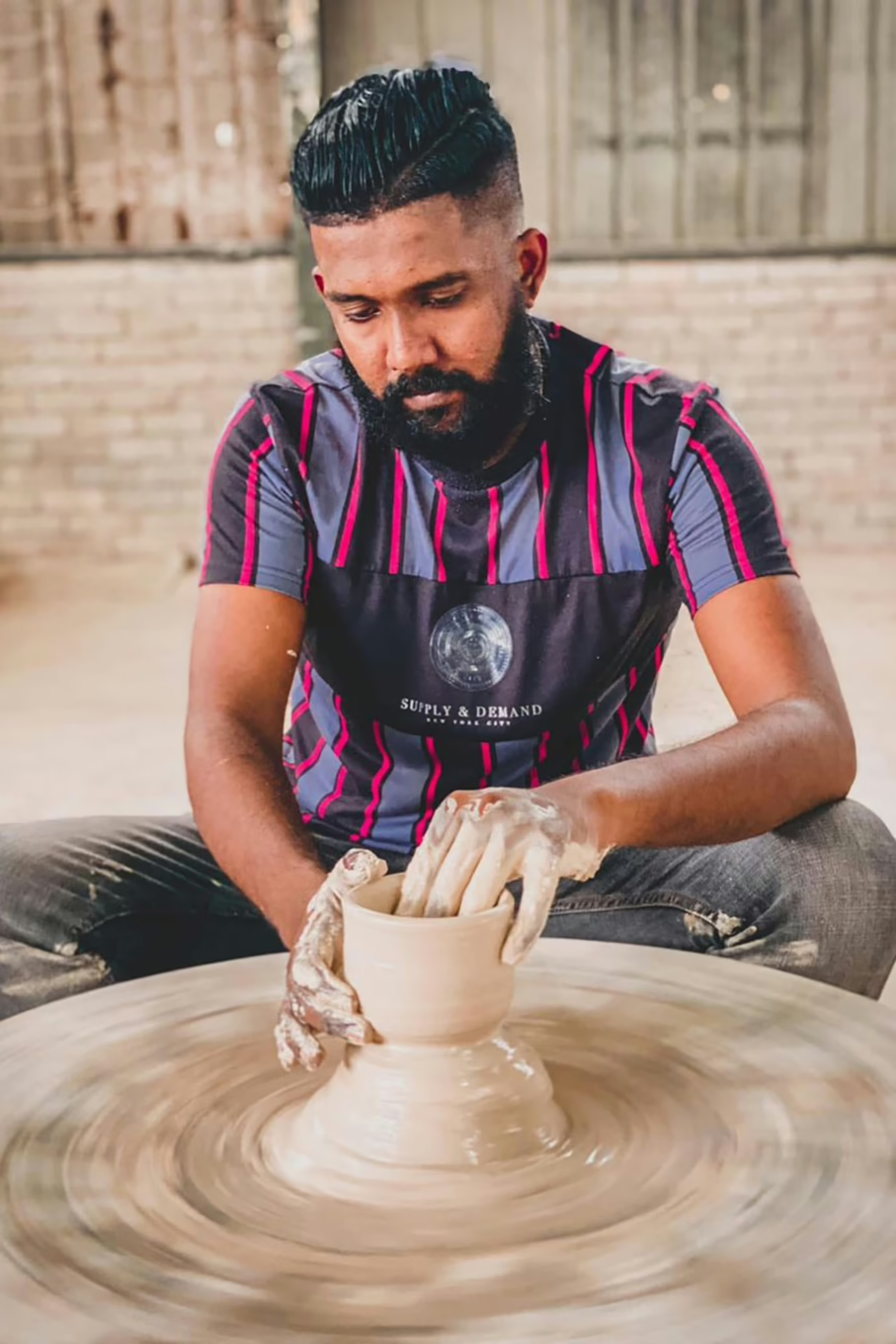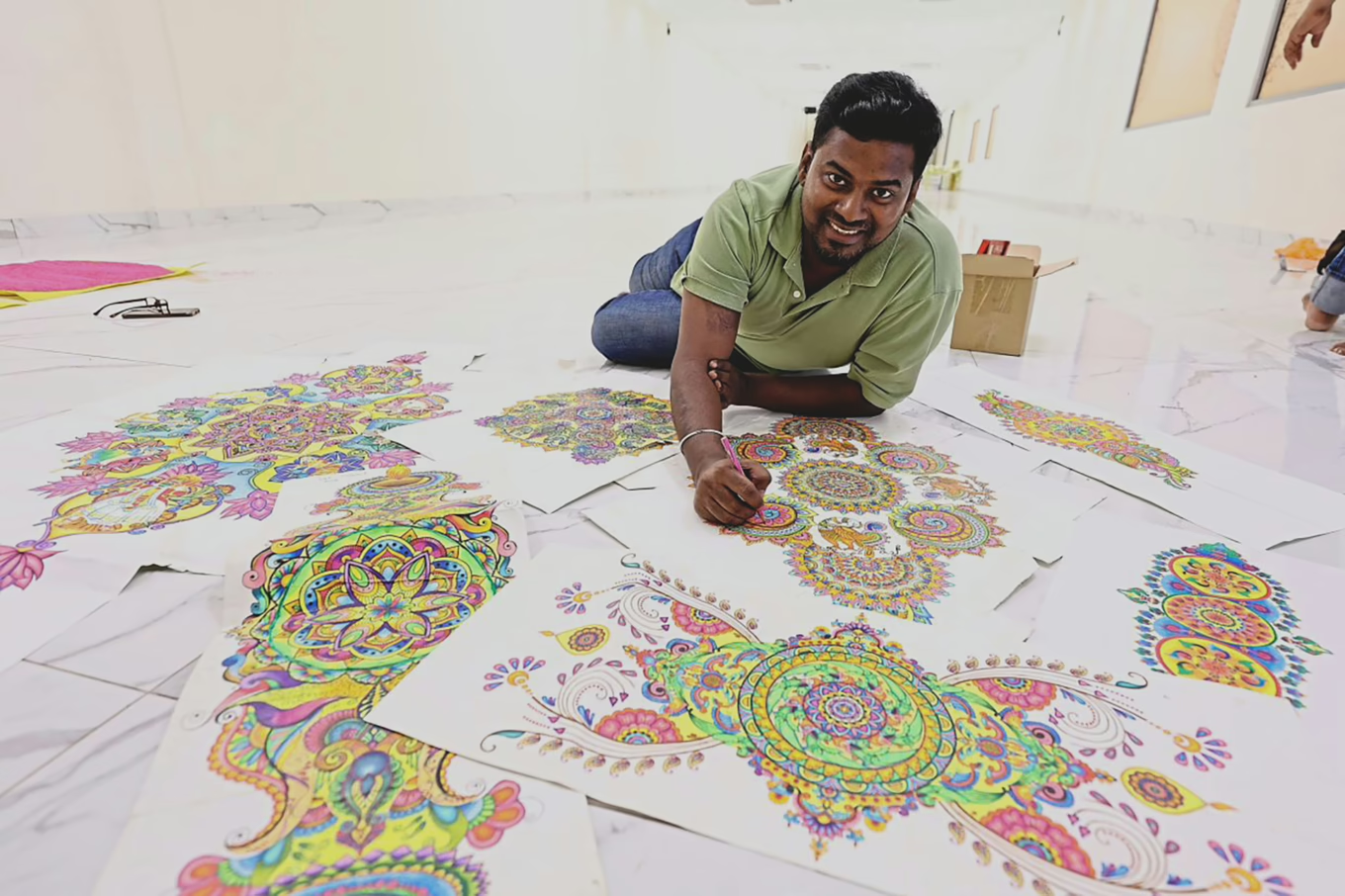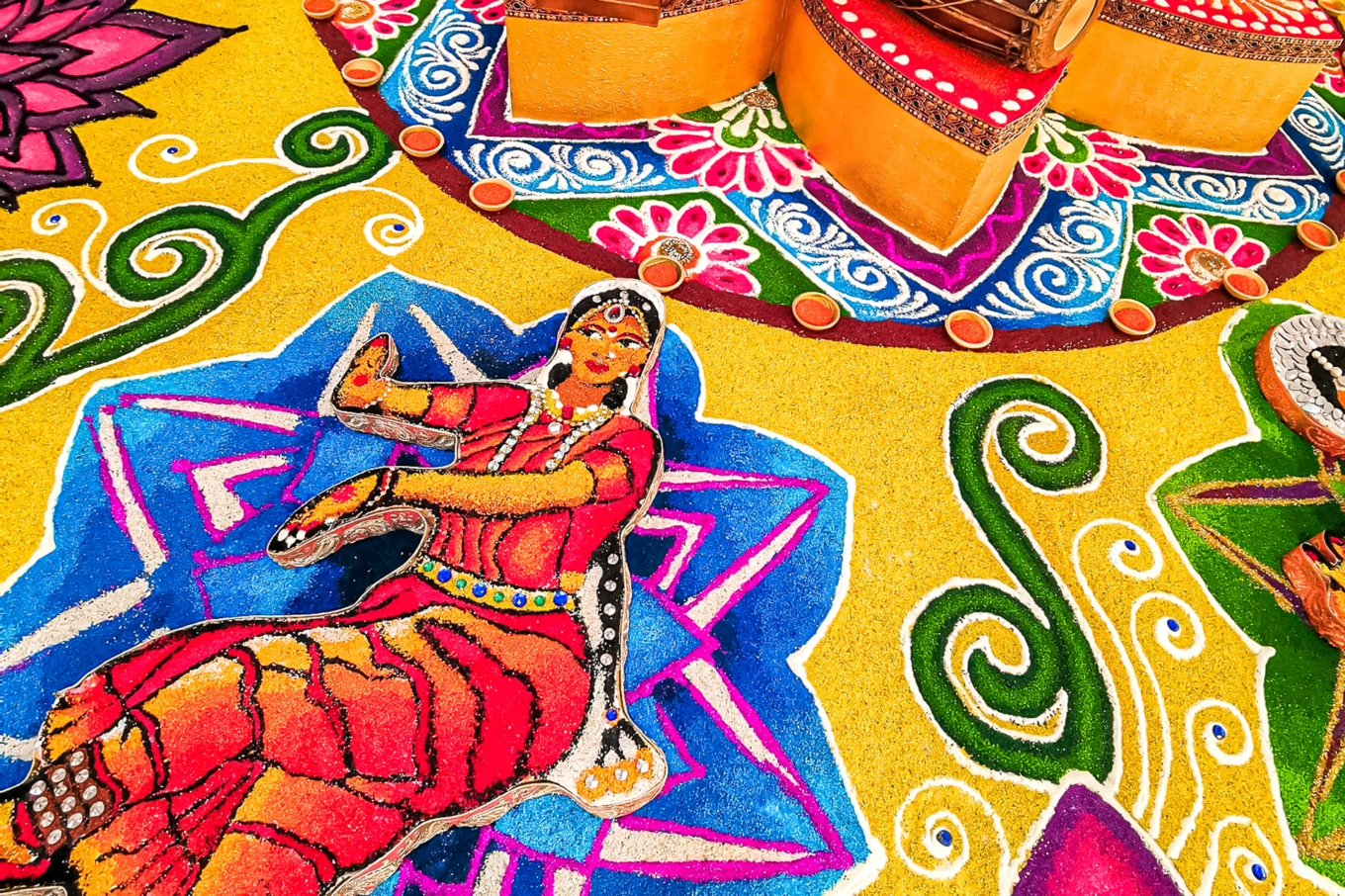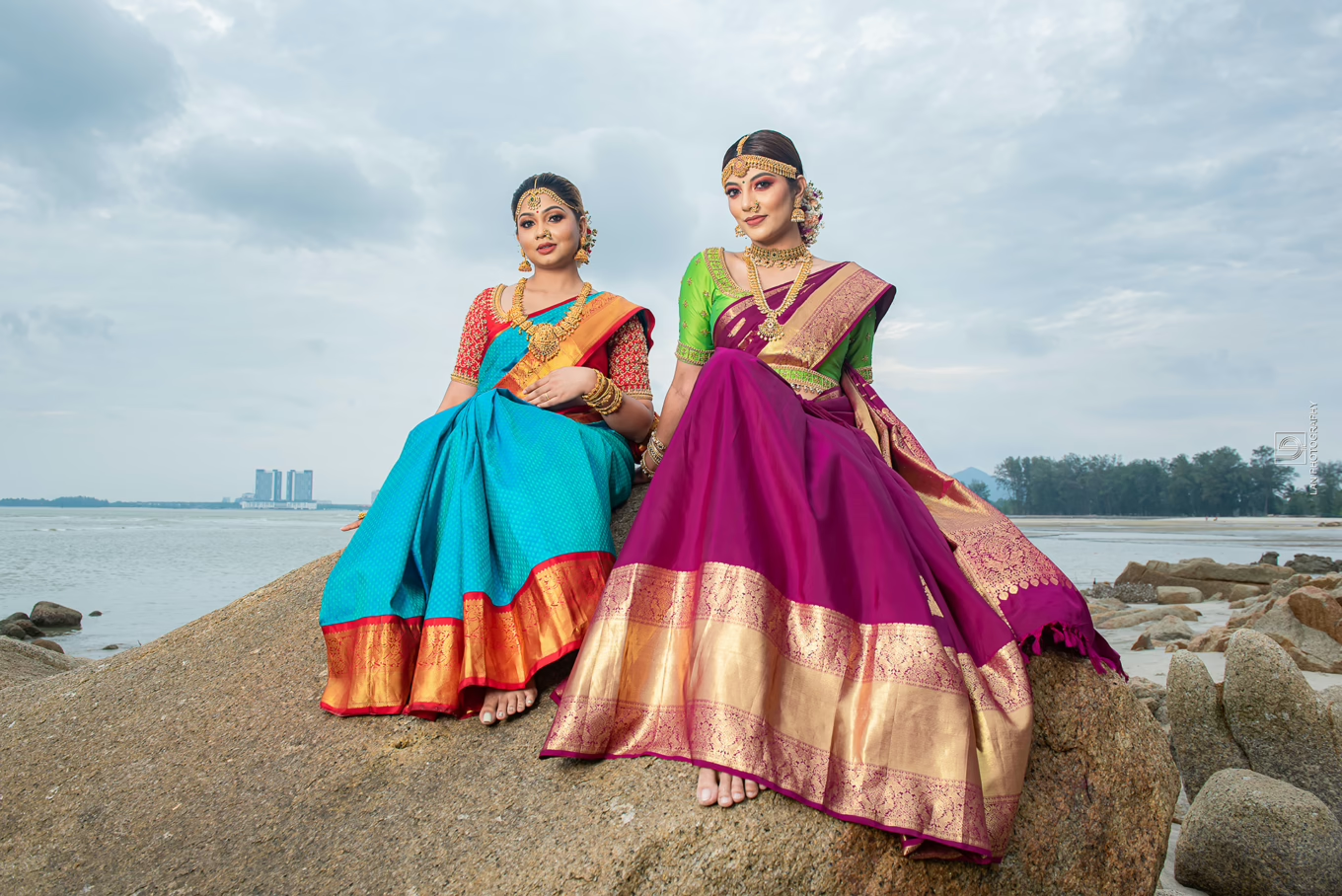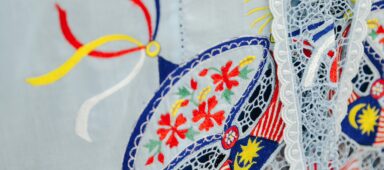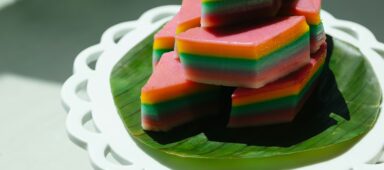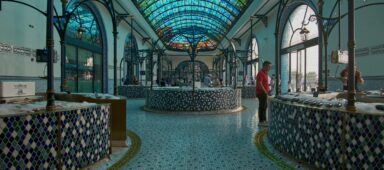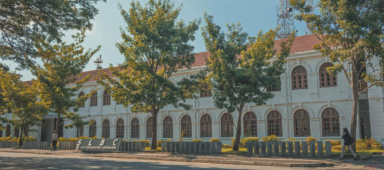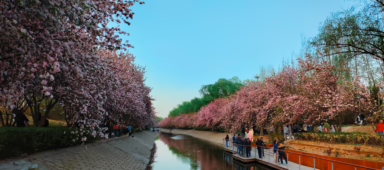Meet the artisans behind the clay lamps, colourful kolams and handwoven sarees that continue to illuminate the Festival of Lights in Malaysia
A major Indian festival symbolising the triumph of light over darkness and good over evil, Deepavali – as it’s known in South India and called Diwali in the North – is celebrated as the Festival of Lights. Its name comes from the Sanskrit word dīpāvalī, meaning “row of lights”, marked by the tradition of lighting diyas (oil lamps) around homes.
The festival follows the Hindu lunisolar calendar, usually falling between October and November, with the main festivities held on the year’s darkest night. This 2025, as Malaysians of Hindu, Jain and Sikh faiths prepare to celebrate on 20 October, Going Places speaks to three local artisans who each bring their own touch of light to the season.
Ananth Arumugam: Let there be light
It is common to see diyas lit during Deepavali, a tradition linked to the return of Lord Rama to Ayodhya, the rebirth of the goddess Lakshmi and Lord Krishna’s victory over the demon king Narakasura.
“We see a surge in demand as families prepare their homes for the Festival of Lights,” says Ananth Arumugam, a fourth-generation claypot maker and founder of KS Pottery in Kuala Selangor, which specialises in producing diyas and vilakkus (Tamil for lamp). “Many believe that only a clay diya carries true authenticity and sacredness.”
Diyas are often lit at dawn and dusk, placed at entrances, altars or in front of deities to invite blessings. Some use a single wick to symbolise unity, others multiple wicks for prosperity. Lamps are usually filled with sesame oil or ghee – considered pure and auspicious – though mustard and coconut oil are also used in different regions.
“Lighting a diya or vilakku is a symbolic act of inviting wisdom, peace, prosperity and spiritual energy into one’s home. It represents light, purity and the removal of darkness, negativity and ignorance,” says Ananth.
Ruben Prakash: Kolams of art
Deepavali’s most striking visual is the kolam – a traditional Indian art form where intricate geometric patterns decorate floors and entrances.
“A kolam welcomes visitors and brings prosperity to the house. It is also meant to feed birds and insects as an offering to nature,” says Ruben Prakash, the Kuala Lumpur-based director of S4SKY Rangoli Kolam Malaysia, who is in high demand in the weeks leading up to the festival for his designs created using dyed rice grains.
Traditional motifs feature peacocks, flowers and elephants, but Ruben’s creativity shines through in his large-scale commissions for malls and corporate clients.
His largest kolam to date, created in 2017, stretched 240ft by 8ft across Gateway@KLIA2 and took his team four days to complete. (By comparison, a small, simple kolam can be finished within an hour.)
Ruben has also experimented with contemporary touches, such as luggage-themed designs for Malaysia Airlines’ Golden Lounges, 3D embossed kolam and rotating elements.
“I like to base my work on Indian culture, whether it is our traditional dances, architecture, food or epics. Our culture is so rich, and I love sharing that,” says Ruben.
Sri Shangari Subramaniam: Garments of tradition
Two to three months before Deepavali, orders pour in from customers eager to buy sarees – 6m garments of woven cloth draped around the waist and shoulder, paired with a blouse.
Jansri Sarees, which has stores in KL and in Kuantan, the capital of Pahang, has become a favourite for its handloom-woven organic silks and cottons, sourced directly from India.
“During Deepavali, we celebrate everything that is good – and what better way than with new clothes?” asks founder Sri Shangari Subramaniam. “They symbolise prosperity and blessings: elders gift them to younger family members and newlyweds receive clothes from their parents for a happy married life.”
The saree remains the most popular choice for Malaysian Indian women during Deepavali, while men often opt for new shirts and dhotis (ankle-length trousers) in bright, festive colours. “Younger people might choose salwar kameez Punjabi suits, lehenga skirts or even black or darker shades, which were once thought unlucky,” says Sri Shangari. “Still, traditional clothes connect us to our roots and remind us of where we come from.”
